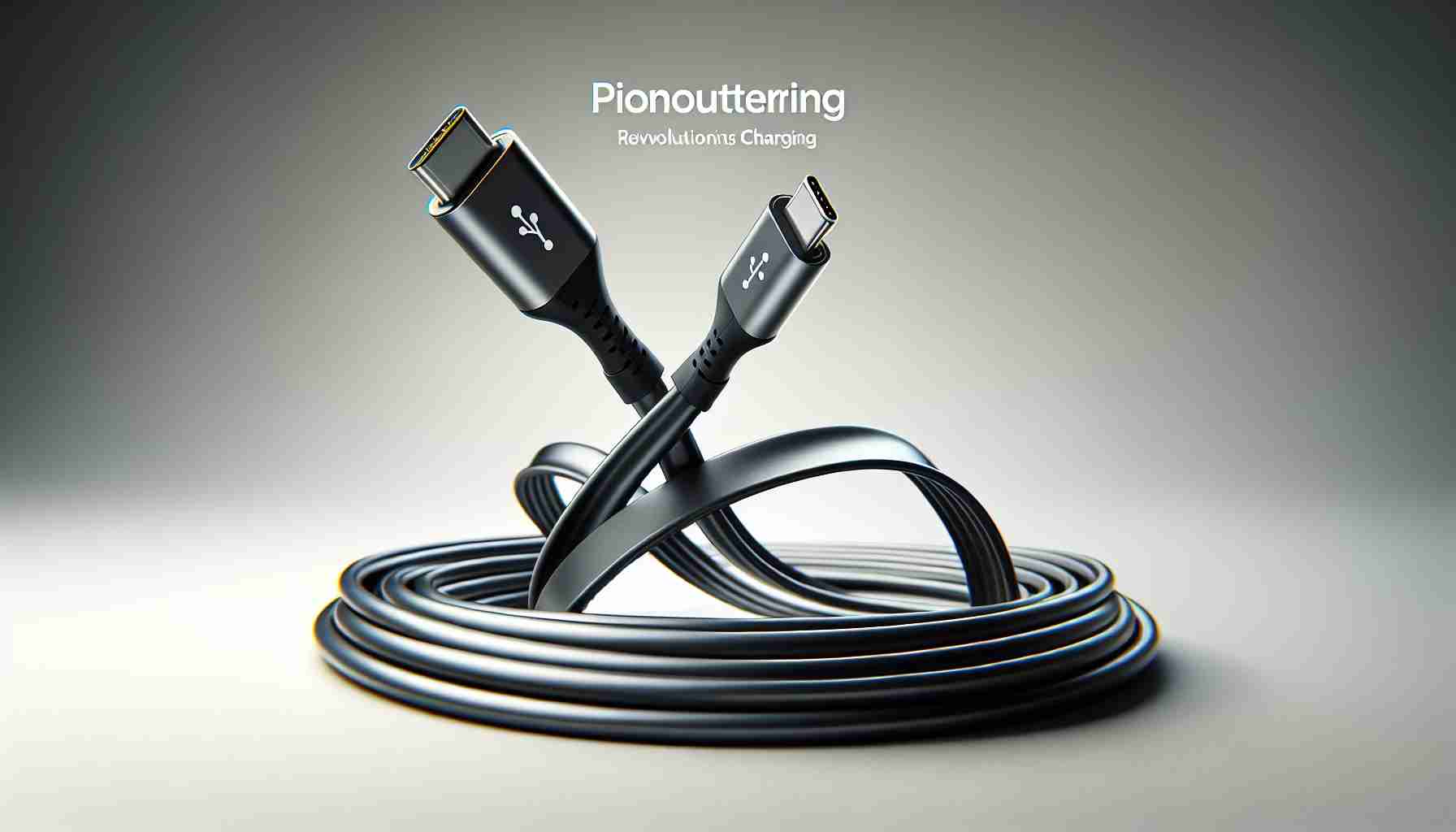Anker has introduced a groundbreaking 2-in-1 USB-C cable that promises to revolutionize the way we charge our devices. This innovative cable allows for dual device charging from a single USB-C port, intelligently managing power distribution based on the specific needs of each connected device.
Featuring a durable design capable of withstanding over 10,000 bends, the four-foot-long cable splits into two USB-C ports on one end, each with a foot of cable that can be adjusted for convenience. This eliminates the hassle of dealing with multiple cables and streamlines the charging process.
Supporting various USB power delivery protocols, including PD, PPS, and PIQ 2.0, the Anker 2-in-1 cable can deliver up to 140W of power when connected to a single device. When charging two devices simultaneously, the cable intelligently adjusts power delivery to ensure optimal charging efficiency.
While data transfer is supported, the cable does not function as a USB-C hub, limiting data sharing to the first device connected. Additionally, transfers are capped at USB 2.0 speeds of 480Mbps.
Priced at $25, this versatile cable is a game-changer for those looking to simplify their charging setup and reduce cable clutter.
### Additional Facts:
1. Anker is a leading brand in the charging technology industry, known for its high-quality products and innovative solutions.
2. The Anker 2-in-1 USB-C cable is compatible with a wide range of devices beyond just smartphones and tablets, including laptops, cameras, and gaming consoles.
### Key Questions:
1. How does the cable determine the power distribution needs of each connected device?
2. Does the Anker 2-in-1 cable offer any warranty or guarantee for its durability claims?
### Key Challenges:
1. Compatibility with older devices that do not support USB-C technology.
2. Consumer trust in the durability and longevity of the cable, especially with repeated bending and adjustments.
### Advantages:
1. Simplifies charging setup by eliminating the need for multiple cables.
2. Efficient power management ensures optimal charging speeds for connected devices.
3. Durable design capable of withstanding significant bending and adjustments.
4. Reasonably priced compared to purchasing two separate high-quality USB-C cables.
### Disadvantages:
1. Limited data transfer capabilities and speed due to USB 2.0 restrictions.
2. May not be suitable for users who require simultaneous high-speed data transfer along with charging.
3. Potential issues with compatibility with certain devices that have specific charging requirements.
For more information on Anker’s products and innovations, visit the Anker website.
